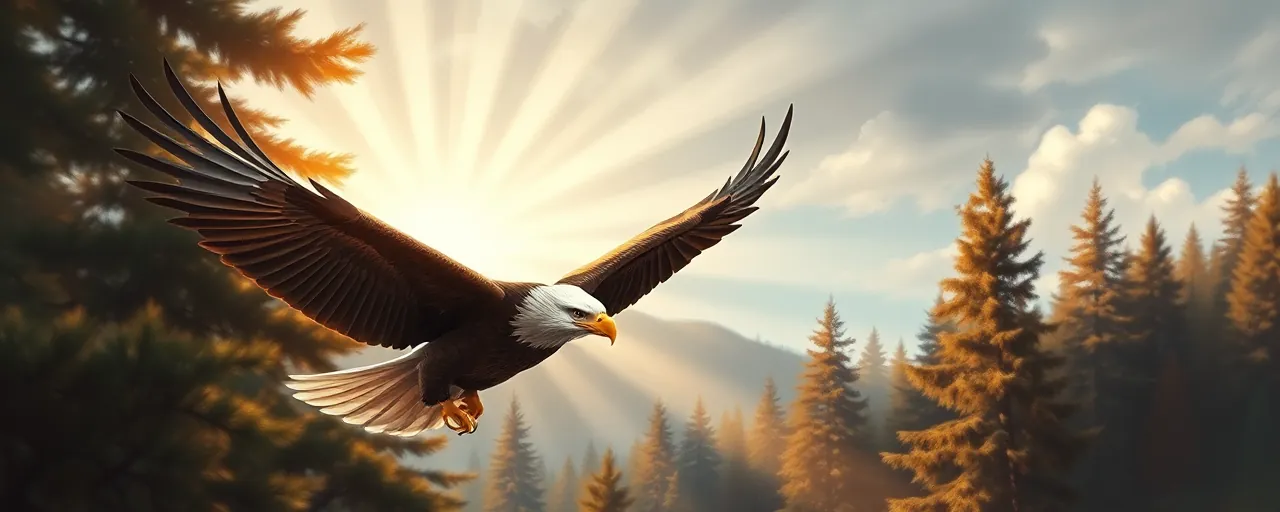A Wake-Up Call From Brooklyn
Today, a federal judge in Brooklyn dropped the hammer on Dr. John Waldrop, a Georgia man who thought he could play fast and loose with America’s wildlife laws. Ordered to pay a staggering $900,000 fine - one of the heftiest ever in an Endangered Species Act case - Waldrop’s punishment sends a clear message: exploit our natural treasures, and you’ll pay a steep price. This isn’t just about one man’s obsession with rare birds and eggs; it’s about safeguarding the heritage of a nation that values its God-given resources.
Waldrop’s story is a gut punch to anyone who believes in personal responsibility and the rule of law. For years, he built an illicit empire of 1,401 taxidermy bird mounts and 2,594 eggs, flaunting protections under the Bald and Golden Eagle Protection Act, the Migratory Bird Treaty Act, and international agreements like CITES. The scale of his greed came out of nowhere, hitting hard when the U.S. Fish and Wildlife Service seized what experts call the largest bird trafficking haul in decades. Justice prevailed, and it’s a win worth celebrating.
The Law Stands Tall
Let’s be real: the Endangered Species Act isn’t some bureaucratic paper tiger. It’s a bedrock of American stewardship, ensuring species like the bald eagle - a symbol of our freedom - don’t vanish because of reckless profiteers. Waldrop’s fine, paired with three years of probation, proves the system works when enforced with teeth. Toney Jones, his accomplice from Alabama, got off lighter with six months of probation, but the real victory lies in the forfeiture of Waldrop’s entire collection. That’s 4,000-plus specimens yanked from the black market and preserved for the public good.
Critics might whine that a $900,000 penalty is overkill for a guy collecting feathers and shells. They’re wrong. This isn’t about punishing a hobbyist; it’s about dismantling a calculated scheme that spanned continents, from Germany to South Africa. Waldrop and Jones dodged permits, hid cash flows through a $525,000 bank account, and exploited online platforms like eBay and Etsy to fuel their racket. The U.S. Fish and Wildlife Service, backed by sharp investigators in Operation Final Flight, caught them red-handed. Weak enforcement? Not here.
Online Trafficking’s Dirty Secret
Waldrop’s case rips the lid off a growing menace: the internet’s role in wildlife trafficking. Investigations show illegal trade exploding on digital platforms, with nearly 1,200 ads for protected species popping up in the U.S. over a mere six weeks in 2021. The pandemic only made it worse, as traffickers shifted to encrypted chats and e-commerce sites to peddle everything from pangolins to Nordmann’s Greenshanks - a bird so rare only 900 to 1,600 remain worldwide. Waldrop’s stash included three of its eggs, a prize no North American museum can claim.
Big Tech loves to tout its coalitions to curb this filth, but the results are laughable. Trafficking’s growing 5-7% annually, outpacing the global economy, because enforcement lags. Waldrop’s bust shows what happens when law enforcement steps up instead of relying on Silicon Valley promises. Advocates for laxer rules argue it’s just supply meeting demand, but that’s a cop-out. Demand doesn’t justify breaking laws that protect what’s ours - and future generations deserve to see these creatures, not just read about them.
Forensic Grit Seals the Deal
Here’s where the rubber meets the road: forensic science nailed Waldrop. The National Fish and Wildlife Forensics Lab dissected his haul, using DNA and meticulous analysis to confirm the scope of his crimes. This wasn’t guesswork; it was hard evidence linking smuggled mounts and eggs to protected species. From bald eagles to Roseate Spoonbills, the lab’s work turned a shadowy operation into an open-and-shut case. It’s the kind of ingenuity that’s been smashing trafficking networks since the lab opened its doors in 1989.
Some naysayers claim we need more global hand-holding to fight wildlife crime. Sure, groups like INTERPOL snag thousands of animals yearly, but the real wins come from American resolve. South Africa’s RhODIS database tracks rhino poachers, and Malawi’s cracking cases with forensics - good for them. Yet, it’s our Fish and Wildlife Service, armed with cutting-edge tools and a no-nonsense attitude, that’s setting the standard. Waldrop’s reckoning proves we don’t need to wait for the world; we can lead it.
A Line in the Sand
This $900,000 fine isn’t just a number; it’s a line in the sand. Wildlife trafficking rakes in $20 billion a year, hitting hotspots from Southeast Asia to Latin America. Waldrop’s case ties into that ugly web, where crime converges with drugs and human smuggling. The Justice Department’s Environment and Natural Resources Division, alongside prosecutors in New York, showed backbone here. They’re not messing around, and neither can we. Every smuggler caught keeps our ecosystems intact and our national pride alive.
Looking ahead, the message is crystal clear. The Endangered Species Act, bolstered by laws tracing back to 1973, isn’t going anywhere. With penalties climbing - think $49,467 for knowing violations - and forensic firepower on our side, exploiters like Waldrop face a steep climb. Americans who care about their land and legacy can sleep easier knowing justice still soars. Let the smugglers squawk; we’ve got the upper hand, and we’re keeping it.
